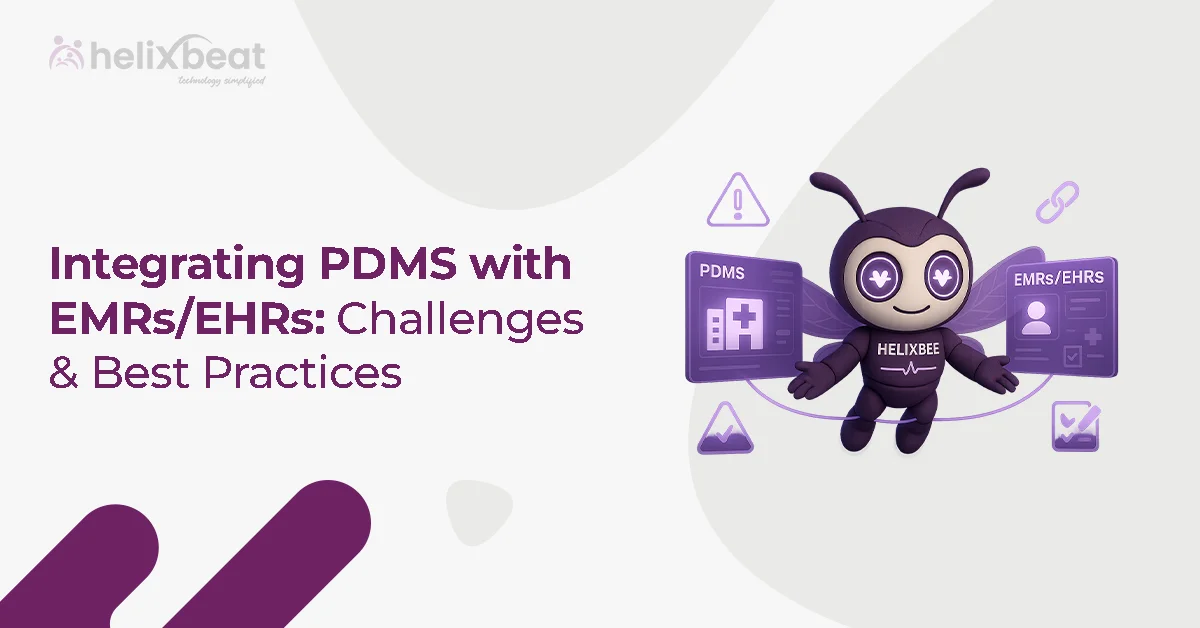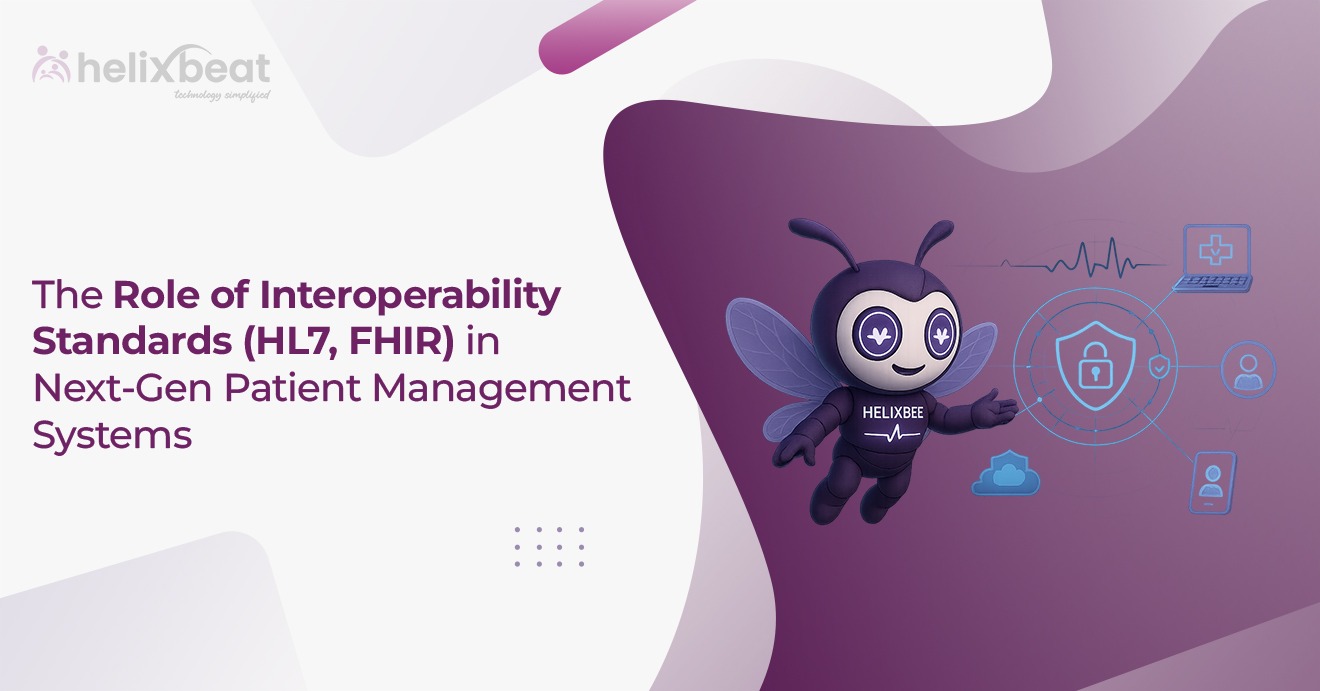How do you measure the success of your organization’s HR strategies? Is it only about tracking hours worked or employee satisfaction? The real power lies in understanding how performance management can be optimized through the use of HR metrics. These metrics serve as the foundation for informed decision-making and can be the difference between stagnation and sustained growth.
With Synergy, a comprehensive HRMS by Helixbeat, performance management becomes a data-driven strategy that goes beyond traditional performance reviews. By using HR metrics, HR leaders can identify gaps, foster employee engagement, and create motivation strategies that not only enhance individual performance but also align it with overall organizational goals.
Let’s dive into how HR metrics can drive organizational success and why Synergy is the perfect tool to make this happen.

Table of Contents
What Are HR Metrics and Why Do They Matter?
HR metrics are quantitative data points that help HR departments track, analyze, and improve various aspects of workforce performance. When used effectively, HR metrics can transform your HR strategy from a reactive function to a proactive, data-driven powerhouse.
For performance management, HR metrics help identify trends in employee behavior, productivity, and engagement, allowing leaders to make better decisions about promotions, training needs, and overall company strategy. By tracking these metrics, HR teams can also address performance review errors and ensure that evaluations are aligned with organizational goals.
Key HR Metrics to Track
- Employee Productivity: Measures the output of an employee relative to their input.
- Employee Engagement: Tracks how motivated and committed employees are to their work, highlighting the effectiveness of motivation strategies.
- Retention and Turnover Rates: Analyzes how many employees leave the company and why.
- Absenteeism Rates: Keeps track of employee absences, offering insights into potential issues such as burnout.
By utilizing tools like Synergy, which provides real-time data on attendance, leave balances, and task completion, HR teams can streamline performance management and ensure that reliable data inform every decision.
Using Performance Management Metrics to Identify Gaps
One of the most valuable ways to use performance management metrics is to identify gaps in employee performance. By analyzing data such as task completion rates, absenteeism, and skill development, HR leaders can pinpoint areas where employees may need additional support, training, or resources.
Tracking employee engagement and performance review errors can also help HR recognize when employees are disengaged or when reviews fail to reflect true performance, ensuring that corrective actions can be taken before issues escalate.
How to Leverage Metrics to Identify Gaps:
- Track Project Outcomes: Use Synergy’s task management feature to track employee performance on specific projects, allowing you to identify bottlenecks and areas for improvement.
- Monitor Engagement Levels: By tracking employee engagement, you can spot trends in motivation and adjust management approaches accordingly.
- Use Real-Time Feedback: Synergy’s performance management tools allow for real-time feedback, helping to address performance gaps as they occur.
By identifying gaps, HR teams can create targeted solutions, offering additional training, mentorship, or role adjustments to ensure employees reach their full potential.
Enhancing Employee Engagement with Data-Driven Insights
Employee engagement is one of the most significant factors influencing organizational success. Engaged employees are more productive, loyal, and willing to contribute to the company’s goals. Tracking employee engagement through HR metrics allows HR teams to understand how employees feel about their work, leadership, and the company as a whole.
With Synergy, HR teams can use metrics to design motivation strategies that increase engagement across different employee segments. Whether you are tracking absenteeism rates or understanding the success of training programs, Synergy offers actionable insights into employee sentiment and performance, helping to address potential performance review errors and fine-tune strategies.
Metrics That Drive Employee Engagement
- Feedback Response Rates: Use Synergy to collect feedback on employee experiences and engagement levels.
- Training Completion Rates: Track how many employees are completing skill development programs and how it impacts their performance and overall performance management.
- Work-Life Balance Indicators: Monitor attendance and absenteeism patterns to gauge the health of your employees’ work-life balance.
By understanding these metrics, HR can take proactive steps to keep employees motivated, improve retention, and ensure that the workforce is aligned with company values and objectives.
Using Metrics to Enhance Performance Reviews
Performance reviews are a vital part of any performance management system, but performance review errors can lead to biased evaluations and undermine employee trust. To avoid this, HR leaders can use HR metrics to make performance reviews more objective and data-driven.
With Synergy, HR can pull detailed reports on performance, attendance, engagement, and task completion, offering a complete view of an employee’s contributions. This reduces the likelihood of biased assessments and ensures that feedback is constructive and backed by facts.
Steps to Improve Performance Reviews Using Metrics
- Collect Comprehensive Data: Use Synergy’s reporting capabilities to gather data on an employee’s entire performance over the review period, including attendance, task completion, and employee engagement levels.
- Provide Real-Time Feedback: With Synergy, managers can offer real-time feedback on performance, ensuring that reviews are more accurate and reflective of ongoing efforts.
- Set Clear, Measurable Goals: Use performance management metrics to define clear performance goals for employees, making the review process more transparent.
By using data to guide performance reviews, HR teams can create a more fair, transparent, and effective review process that fosters trust and drives improvement, supporting both motivation strategies and long-term success.
Using HR Metrics to Drive Motivation and Retention
Motivation and retention are deeply intertwined; motivated employees are more likely to stay with the company and contribute to its success. Tracking motivation strategies and employee engagement through HR metrics allows HR teams to design initiatives that keep employees engaged and motivated to stay long-term.
Synergy makes it easier to track employee performance and tailor engagement initiatives based on data-driven insights. For example, by analyzing performance management metrics and employee engagement scores, HR teams can identify areas where employees may need additional recognition, training, or career development opportunities, thus reducing performance review errors.
How to Use Metrics for Motivation and Retention
- Track Career Progression: Use Synergy’s reporting tools to track employee growth and skill development, offering targeted opportunities for career progression.
- Measure Recognition Impact: Monitor the impact of recognition programs on employee performance and engagement using Synergy’s performance management tools.
- Employee Satisfaction Surveys: Regularly gather data on employee satisfaction and make adjustments based on feedback.
By understanding what motivates employees and addressing concerns in real-time, HR teams can create an environment where employees feel valued, supported, and motivated to stay, enhancing both motivation and retention.
Wrapping Up
Using HR metrics to drive performance management is one of the most effective ways to boost organizational success. By tracking and analyzing key metrics like employee engagement, performance review outcomes, and absenteeism, HR teams can make data-driven decisions that align with company goals, improve employee satisfaction, and drive growth.
With Synergy, HR teams have access to comprehensive, real-time data that allows them to track performance, identify gaps, and create motivation strategies that foster a productive and engaged workforce. The ability to streamline performance reviews, track employee progress, and stay on top of labor law compliance ensures that organizations can effectively manage their teams, reduce turnover, and increase productivity.
Try Synergy today and see how it can improve your performance management.
FAQs
1. How can performance metrics improve employee engagement? “
By tracking metrics like feedback scores, training completion, and absenteeism, HR can create tailored strategies to boost engagement.
2. How does Synergy help with performance management?
Synergy provides real-time data on employee attendance, task completion, and engagement, making performance management more effective and data-driven.
3. How can performance reviews be made more accurate?
By using performance management metrics from Synergy, HR can base reviews on objective data, minimizing bias and ensuring fairness.
4. What role do motivation strategies play in performance management?
Motivation strategies are key to ensuring employees are engaged and productive, and HR metrics help tailor these strategies to individual needs.
5. How does Synergy automate performance tracking?
Synergy automates the process by tracking attendance, task completion, and engagement metrics in real time, ensuring accuracy and efficiency.
6. What are performance review errors, and how can they be avoided?
Performance review errors often arise from bias or lack of data. Using Synergy’s data-driven approach minimizes these errors.
7. How can HR use metrics to identify performance gaps?
HR can analyze performance data to identify underperformance, providing targeted solutions like training, mentoring, or role adjustments.
8. Can Synergy help with employee retention?
Yes, by tracking engagement and satisfaction metrics, HR can create strategies that improve retention and reduce turnover. e













